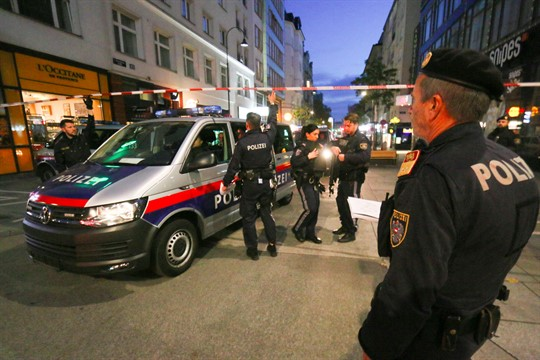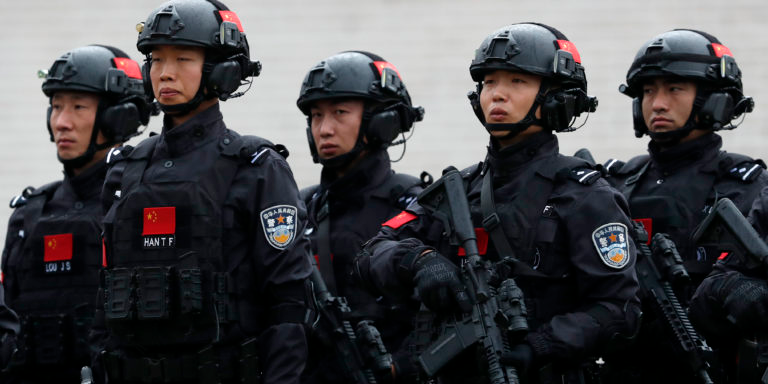Six separate terrorist attacks took place in Europe between late September and late November of last year—three in France, and one each in Germany, Austria and Switzerland. All six attacks were inspired by Salafi-jihadist ideology, which is, and will remain, a persistent terrorism threat to Europe and elsewhere in the West for the foreseeable future.
Among the incidents in France was a stabbing attack outside the offices of the satirical magazine Charlie Hebdo in Paris, which has published caricatures of religious figures, including the prophet Muhammad, and where al-Qaida-affiliated gunmen killed 12 staff members in 2015. Weeks later, a middle school teacher named Samuel Paty was beheaded after he showed his students caricatures of Muhammad as part of a classroom presentation on freedom of speech. And in early November, three people were fatally stabbed at the Notre Dame Basilica in Nice. None of the perpetrators of these attacks were known to law enforcement or had connections to foreign terrorist organizations like al-Qaida or the Islamic State.
The suspects acted on their own volition, but they seemed to connect local events with the global ideology of Salafi-jihadists, which advocates for violence against non-Muslims or so-called “apostates” wherever they are found. Yet the common label “lone wolf” also seems disingenuous, since the alleged assailants exist in part of a broader extremist ecosystem. What is clear is that the rise of attacks perpetrated by individuals with no prior criminal record or documented links to known terrorist groups presents a significant challenge for law enforcement and intelligence services. This is especially true in a country like France, which has a watch list for individuals suspected of radicalization that already includes as many as 25,000 names
 Eurasia Press & News
Eurasia Press & News




